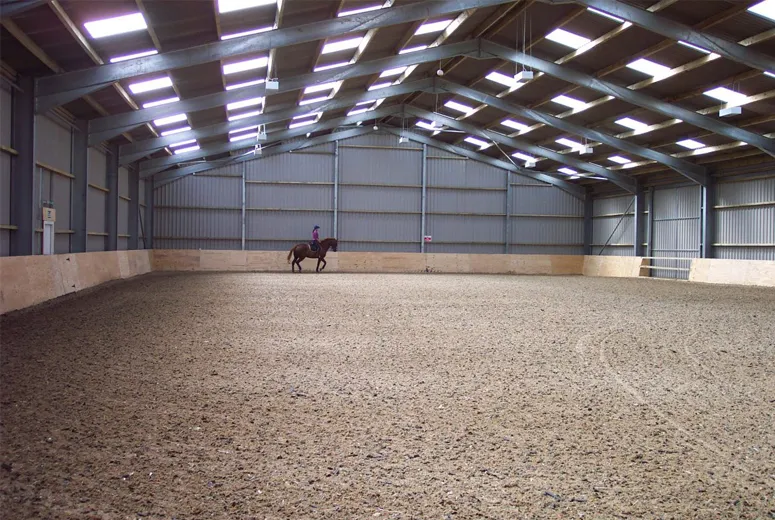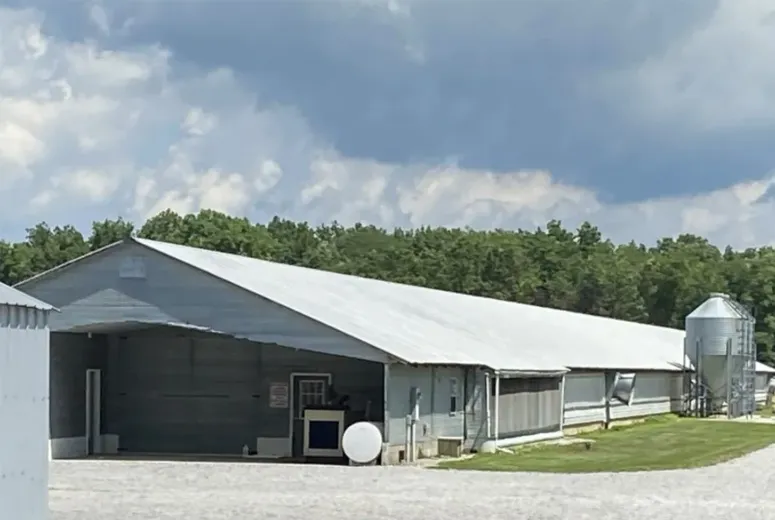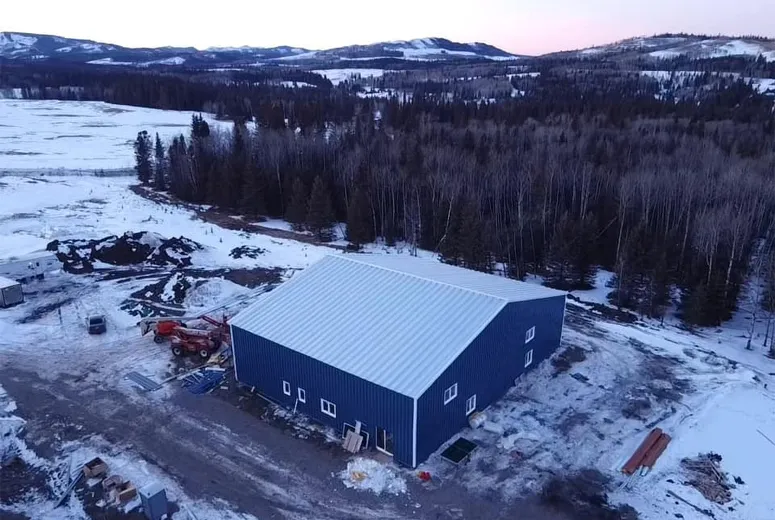...
2025-08-14 17:04
1124
...
2025-08-14 16:21
211
...
2025-08-14 16:12
2292
...
2025-08-14 16:06
2585
...
2025-08-14 15:55
1855
...
2025-08-14 15:41
1257
...
2025-08-14 15:32
2749
...
2025-08-14 15:07
1613
...
2025-08-14 14:54
2838
...
2025-08-14 14:23
1730



